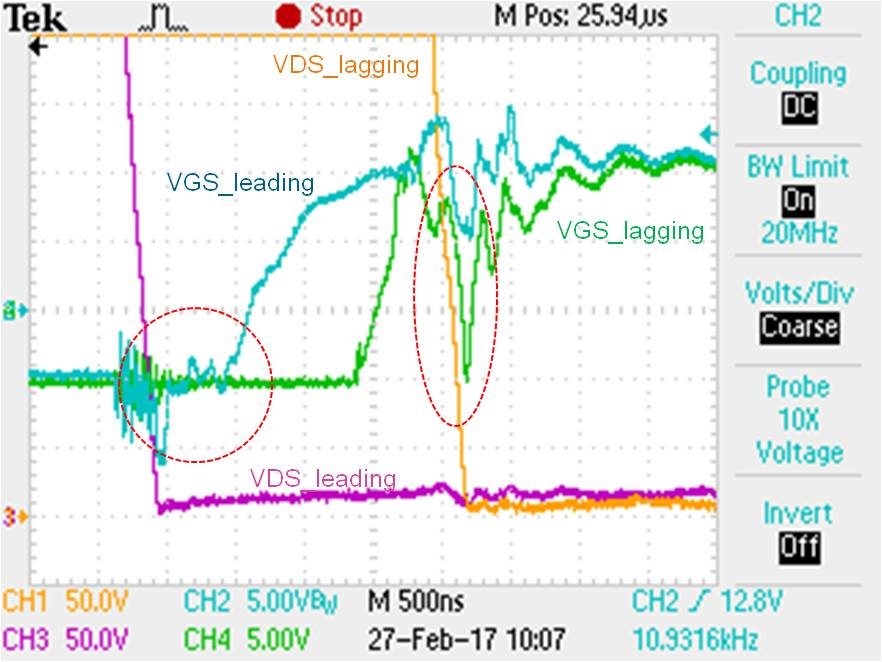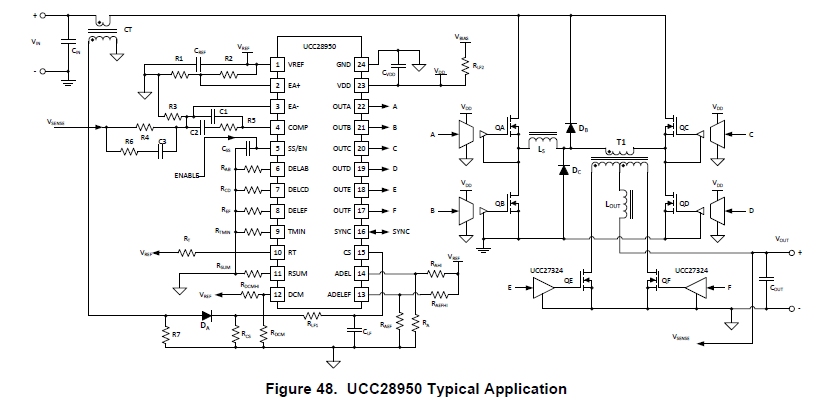Other Parts Discussed in Thread: UCC3895, UCC28950
Dear all,
I am redesigning a full bridge converter as a Phase shifted full bridge converter using UC 3879.
I have a series capacitor in series with primary of the transformer. And a snubber across the MOSFET.\
How this two components affect ZVS behavior , Is it required a series capacitor for this application?




